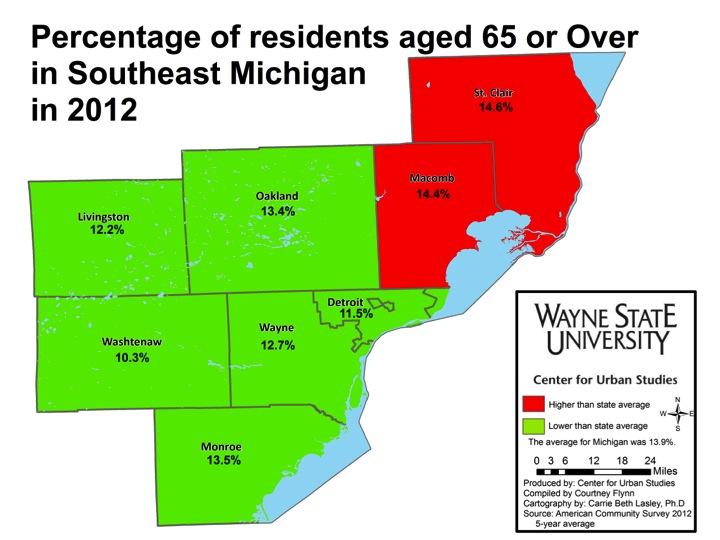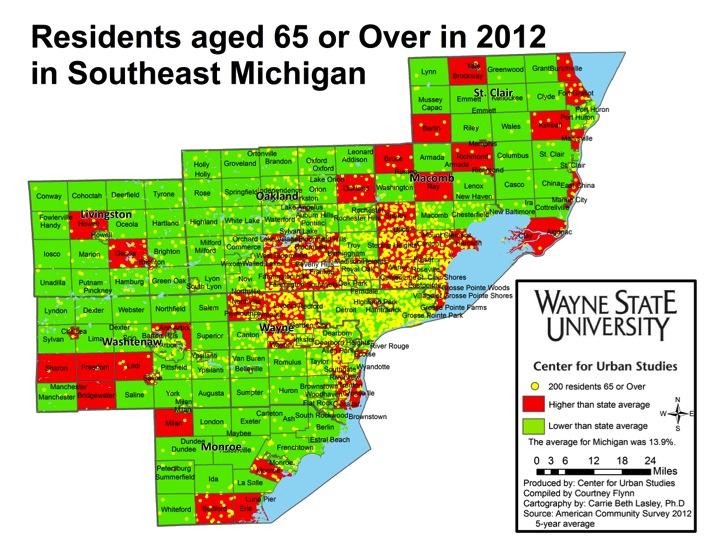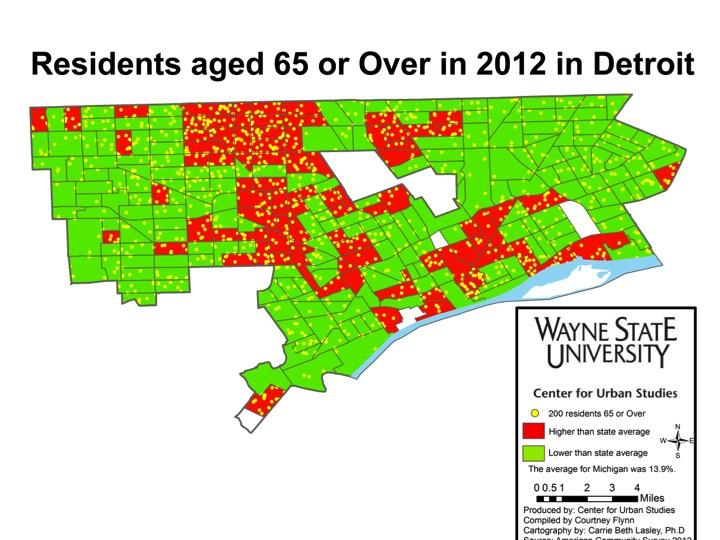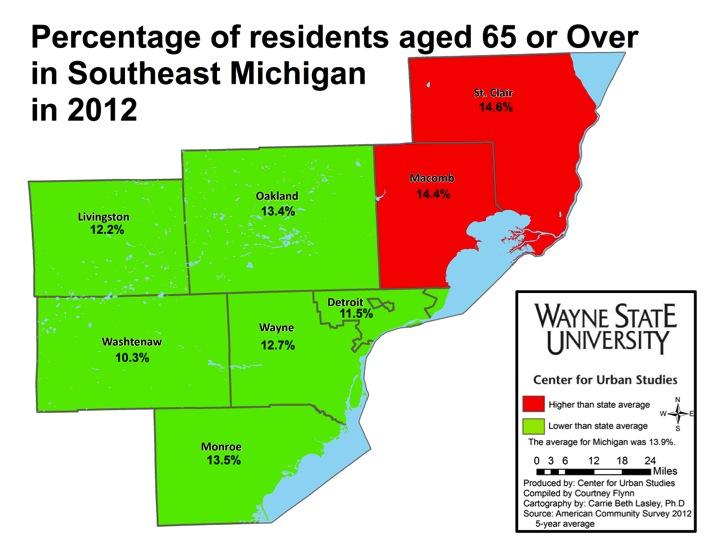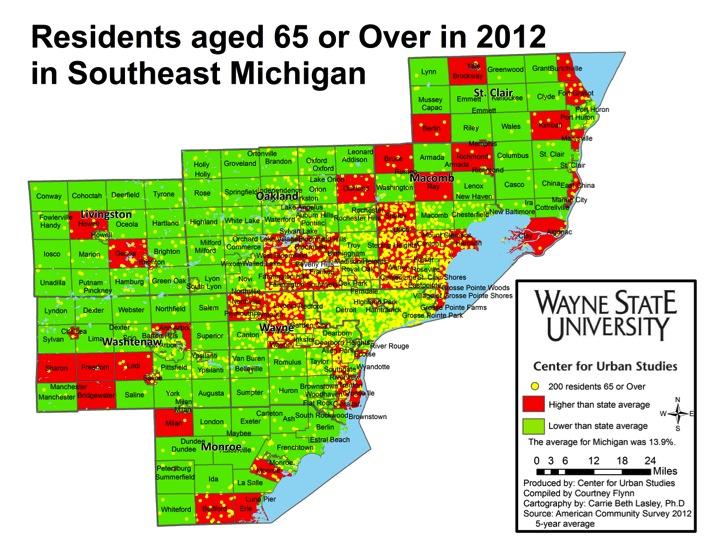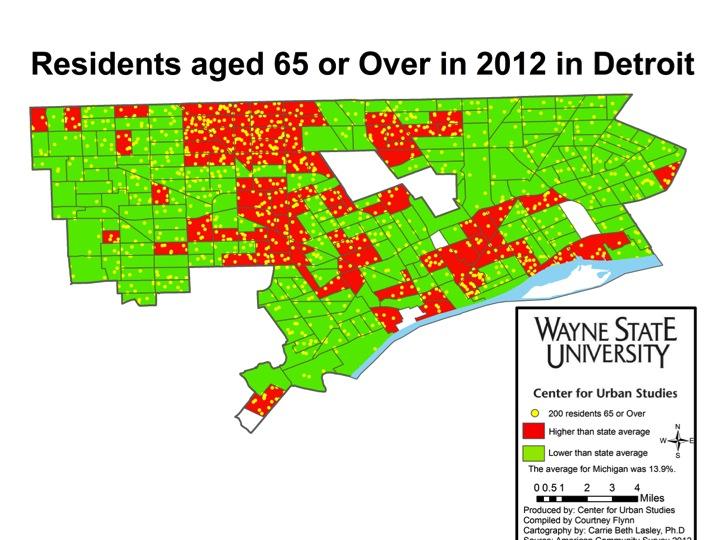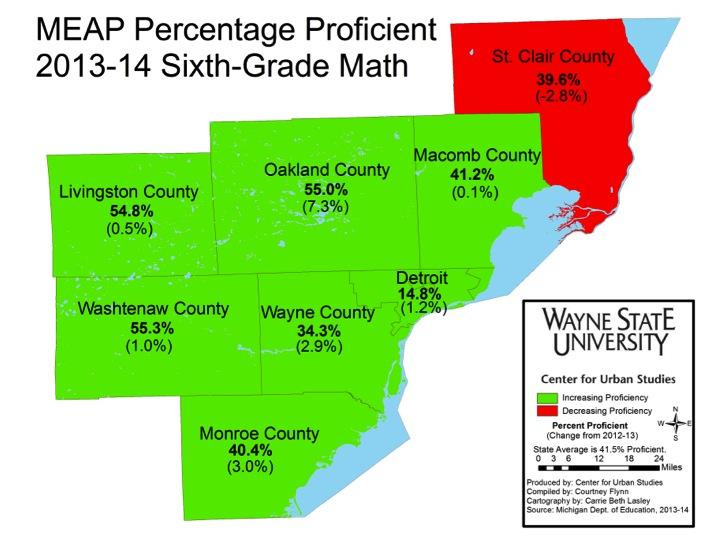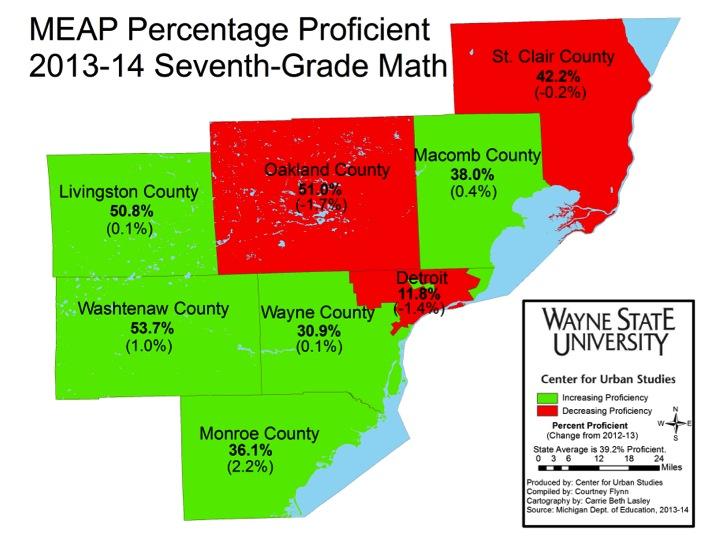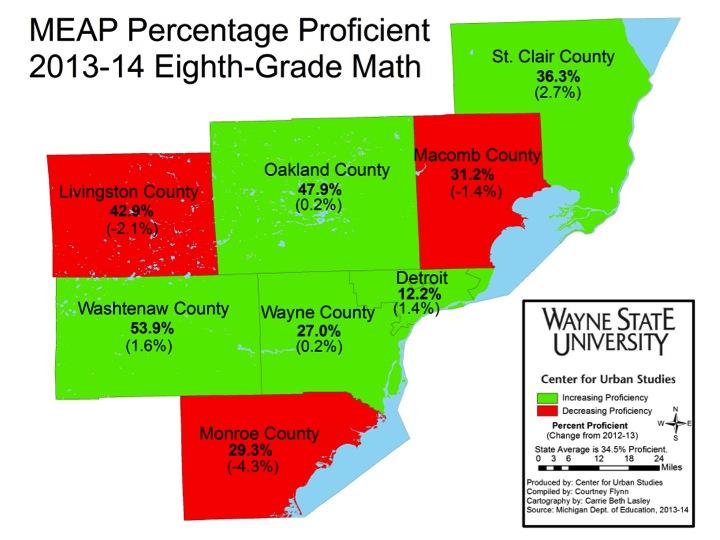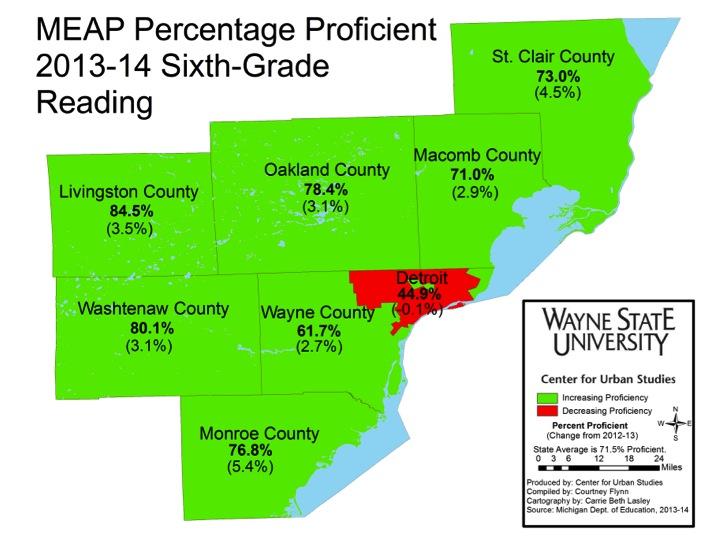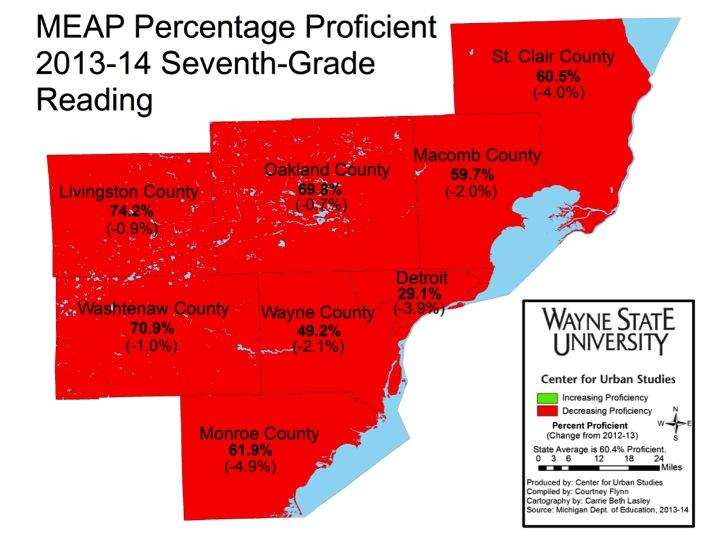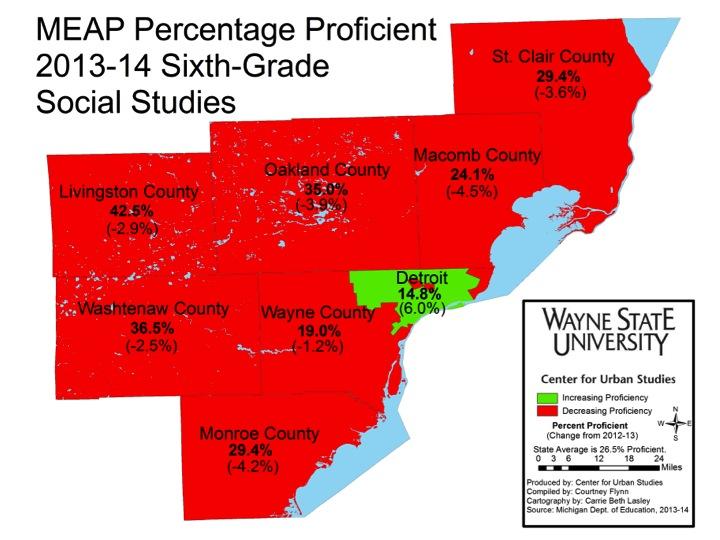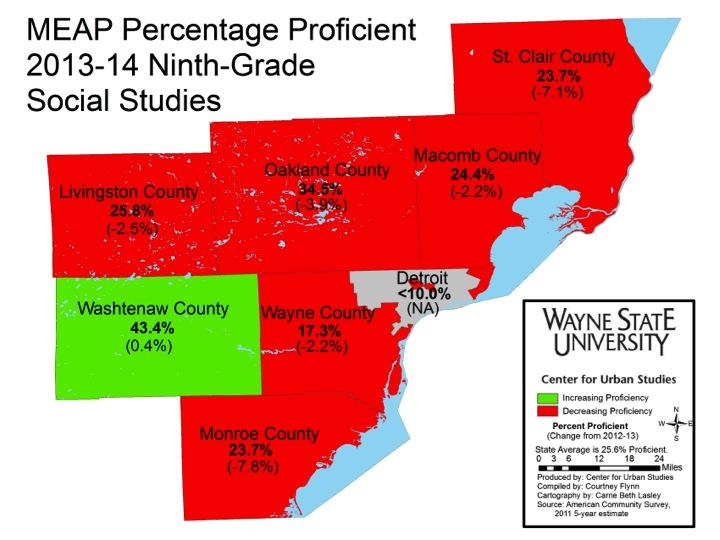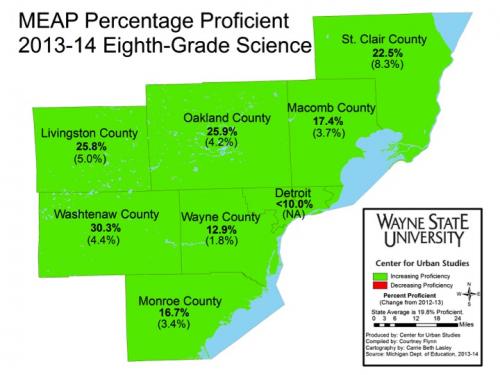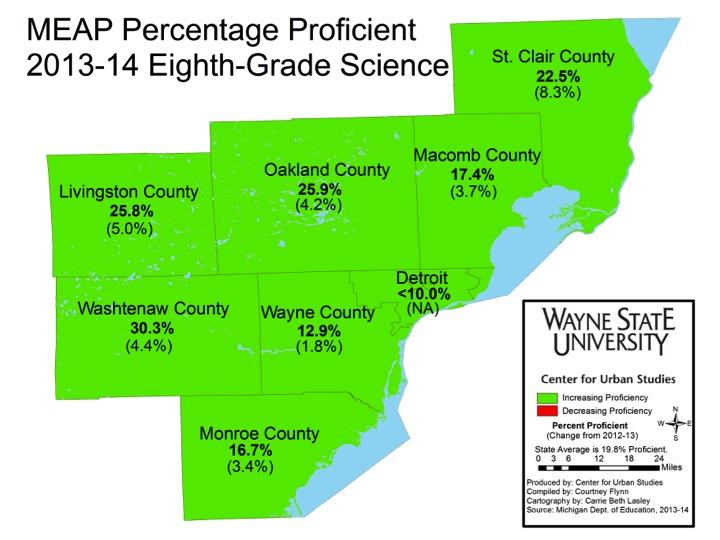Currently, the Michigan Legislature is considering moving the oversight of the Michigan Education Assessment Program (MEAP) testing from the Michigan Department of Education (MDE) to the Treasury Department through House Bill 5581 and Senate Bill 0945. This suggested move, as proposed by Rep. Bob Genetski (R-Saugatuck), is so a “more responsive” department can control the state’s performance testing mechanism. The lack of responsiveness Genetskialleges refers to the decision by MDE to cease using the MEAP test as the MDE’s standardized test. Rather, the MDE plans to implement the Smarter Balance Assessment, standardized tests based on the Common Core Standards. The math and language arts portions of the MEAP test were no longer supposed to be given after this past fall. The upcoming state school aid budget, however, could require schools to use MEAP tests to receive funding, if the bills pass. While the Senate bill passed, House Republicans have not passed their version as yet.
Despite this ongoing debate, the MEAP has recently indicated some progress. Here we MEAP results from the 2013-14 school year.
In this post, we examine the MEAP results for third, fourth and fifth graders. Overall, these maps show there has been a decline in MEAP scores in at least one county at each grade level for each subject tested for, with one exception. The science scores for fifth-graders saw an increase across the seven county region this past school year. In each case we present the scores for the Intermediate School District in the county, which represents the aggregate scores for the students across the county. In addition, we present scores for Detroit Public Schools (DPS).


Of the three grades examined in this post, third-graders experienced the least growth in MEAP proficiency from the fall 2012 to fall 2013. In math, the Washtenaw Intermediate School District (ISD) was the only one in the region to experience growth (1.3 percent). In Monroe County, the Monroe ISD had the largest decline in the percent of students proficient in math from 2012 to 2013 (4 percent), but it was Wayne County’s Regional Education Service Agency (RESA) that had the lowest percent of students proficient in math (31 percent), of the counties. The Detroit Public Schools had the lowest percent of students proficient in third grade math (14.6 percent) and third grade reading (35.3 percent).
No county in the region had an increase in the percentage of students proficient in third grade reading between fall 2012 and fall 2013. Again, the public schools in Monroe County experienced the largest decrease in the percent proficient (7.9 percent) but Wayne RESA had the lowest percent of third-grade students proficient in reading (49.2 percent).

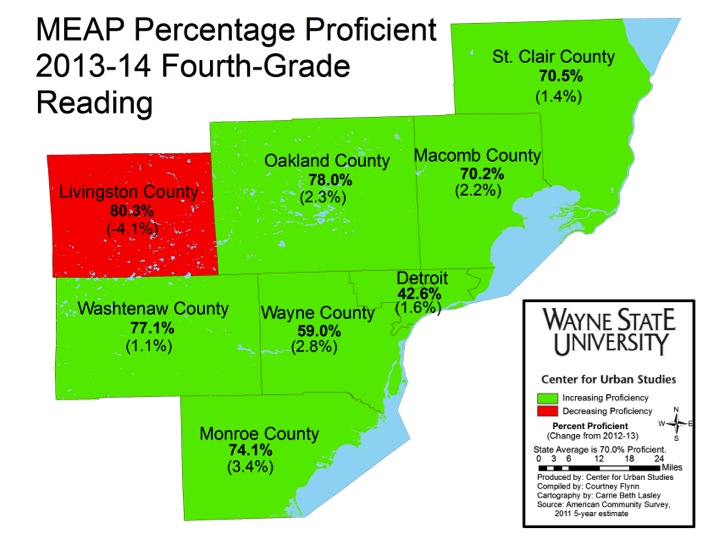

There were four ISDs (Livingston, Oakland, Washtenaw and Wayne), along with Detroit Public Schools, that had a decrease in the percent of fourth-graders proficient in math. Of those, Livingston ISD had the largest decrease (3.3 percent) but it also had the highest percent of students proficient in math (59.6 percent) in the region.
All intermediate school districts, and the public schools in the City of Detroit, experienced an increase in the percent proficient in reading, with the exception of the intermediate school district in Livingston County. Livingston ISD experienced a 4.1 percent decrease. Even with the decrease, the Livingston ISD had the region’s highest percentage of students proficient in reading (80.3%), as well as in math (59.6%) and writing (80.3%). The Monroe ISD had the largest percent increase of third-graders proficient in all three subjects.
Similar to the percent changes of students proficient in math, the Livingston ISD also had the largest decrease in fourth-graders proficient in science (3.3 percent) but the highest percent of students proficient in the subject (80.3 percent). In terms of overall percent increase, Monroe County had the largest (11.8 percent)



From fall 2012 to fall 2013, there was a decrease in the percent of students proficient in both math from fall 2012 to fall 2013 for the St. Clair RESA and DPS. St. Clair RESA had the largest decrease in students proficient from fall 2012 to fall 2013 (7.3 percent). Wayne and Oakland intermediate school districts, along with Detroit Public Schools also experienced a decrease.
For reading, the St. Clair RESA experienced a 1 percent decrease, which was the largest decrease of the counties. The Detroit Public Schools experienced a 1.4 percent decrease in the percent of fifth-graders proficient in reading though. Overall, Livingston ISD had the highest increase in the percent students proficient in reading (2.7 percent) and the highest percentage of students proficient (85.3 percent).
For fifth-grade students in the region, all intermediate school districts experienced an increase in the percent of students proficient in science; the intermediate school districts in St. Clair and Washtenaw counties had the largest percent increase (4.8 percent). The Washtenaw ISD also had the highest percent of students proficient in science (24.7 percent).
Next week we will examine the MEAP scores for sixth through ninth graders in the region.
